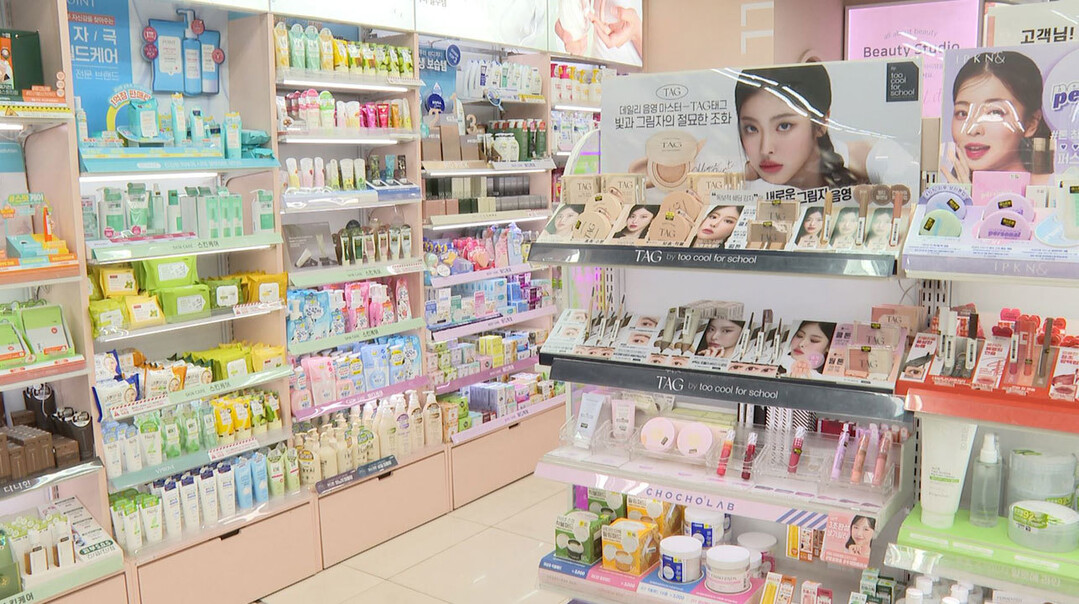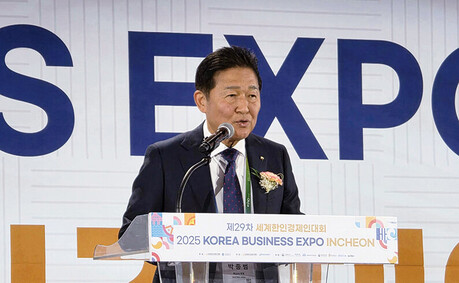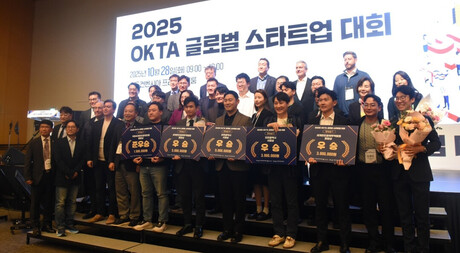
The South Korean beauty industry, riding a wave of global popularity fueled by its innovative products and "value-for-money" appeal, is facing a significant headwind following the United States government's announcement of reciprocal tariffs. This development has ignited concerns among domestic cosmetic brands, particularly smaller independent labels that have thrived on their price competitiveness in the lucrative US market. Industry stakeholders are now scrambling to devise countermeasures, including establishing local production facilities and optimizing supply chains to mitigate the potential erosion of their market advantage.
The Korea Health Industry Development Institute (KHIDI) reported on April 24th that South Korea's cosmetic exports reached a record high of US$10.18 billion (approximately KRW 14.52 trillion) in the preceding year, marking a robust 20.3% year-on-year increase. While China remained the top export destination with US$2.49 billion (KRW 3.55 trillion), its share has significantly contracted. Notably, exports to the United States surged by an impressive 57.0% to US$1.9 billion (KRW 2.71 trillion), and shipments to Japan also saw a substantial 30.0% increase to US$1.04 billion (KRW 1.48 trillion). This shift underscores the growing importance of the US market as a key driver of K-beauty's global success, effectively offsetting the decline in demand from China, whose contribution to total cosmetic exports plummeted from 53.2% in 2021 to 24.5% last year. In contrast, the US market share in South Korean cosmetic exports nearly doubled from 9.2% to 18.7% during the same period.
However, the specter of reciprocal tariffs imposed by the US now casts a shadow over this burgeoning growth trajectory. The primary concern lies with the numerous South Korean indie beauty brands that have successfully penetrated the US market by leveraging outsourced manufacturing in their home country. This strategy allowed them to maintain competitive pricing, earning them a reputation for offering high-quality products at affordable prices – a crucial factor in their appeal to American consumers. The potential imposition of a previously suspended 25% tariff could severely undermine this price advantage, making their products less attractive compared to domestic US brands and cosmetics from countries not subject to these tariffs.
The tariff announcement has also presented a dilemma for South Korea's major cosmetic conglomerates, Amorepacific and LG Household & Health Care. Having strategically pivoted towards the North American market to compensate for declining sales in China due to geopolitical tensions like the THAAD dispute in 2017 and the subsequent COVID-19 pandemic, these companies now face a new challenge. Amorepacific, buoyed by the strong performance of brands such as COSRX, Laneige, and Innisfree, reported a remarkable 83% year-on-year increase in North American sales last year, reaching KRW 525.6 billion. LG Household & Health Care has also been actively expanding its presence in North America with brands like Belif, CNP, and The Face Shop. However, the absence of local production facilities for both these giants means they are particularly vulnerable to the impending tariffs, which could significantly impact their profitability in this crucial market. Recognizing this challenge, Amorepacific CEO Kim Seung-hwan recently indicated that the company is actively considering establishing local manufacturing capabilities in North America, taking into account both the market's growth potential and the evolving tariff landscape.
Industry insiders suggest that while large corporations might have the resources to explore local production, the immediate impact will be felt most acutely by smaller indie brands that lack the capital and infrastructure for such a significant undertaking. One industry representative stated, "The industry is exploring various avenues to absorb the potential cost increase from the US tariffs to minimize the burden on consumers. However, the price competitiveness of indie brands, which has been their key strength, is likely to be significantly affected." These brands might be forced to either raise prices, potentially losing market share, or absorb the tariff costs, squeezing their already tight profit margins.
Interestingly, the imposition of US reciprocal tariffs could present a silver lining for South Korean cosmetic manufacturers (Original Design Manufacturers or ODMs). The global popularity of K-beauty has already validated the technological prowess and quality standards of Korean ODM companies. As US brands seek to diversify their supply chains and potentially replace products previously sourced from South Korean brands facing tariffs, these domestic manufacturers could witness a surge in new orders from local US companies. Furthermore, the tariffs might incentivize South Korean brands to diversify their production by establishing dual manufacturing bases – one in Korea and another in the US – to circumvent the tariffs on products destined for the American market.
However, the track record of Korean ODMs in the US market has been mixed. Cosmax, a leading Korean ODM, established Cosmax USA in 2013 but has consistently reported losses. Similarly, Kolmar Korea acquired a local US ODM, PTP, in 2016, but its US operations have also remained in the red, with Kolmar USA and Cosmax USA recording net losses of KRW 50.3 billion and KRW 32.2 billion, respectively. These persistent losses highlight the challenges of operating in the competitive US manufacturing landscape, including high labor costs, stringent regulations, and the need for significant upfront investment.
Despite these challenges, some industry experts believe that the tariff situation could be a catalyst for change. The increased interest from South Korean brand companies in establishing local US production is a tangible sign of this shift. Another cosmetics industry source commented, "We have indeed seen a rise in inquiries from brand companies regarding US-based manufacturing. While many are considering dual production strategies, the prevailing sentiment is to adopt a wait-and-see approach until the latter half of the year before committing to significant investments." This cautious stance reflects the uncertainty surrounding the long-term implications of the tariffs and the time required to establish efficient and cost-effective local production.
The US reciprocal tariffs on South Korean cosmetics represent a complex challenge with potentially far-reaching consequences for the K-beauty industry. While the sector has demonstrated remarkable resilience and adaptability in the face of previous global headwinds, the tariffs threaten to disrupt the hard-earned gains in the crucial US market. The coming months will be critical as South Korean beauty companies navigate this new landscape, exploring strategies ranging from supply chain optimization and price adjustments to the more significant undertaking of establishing local manufacturing. The ability of K-beauty brands, both large and small, to effectively respond to these tariffs will ultimately determine whether their golden era in the US market can endure. The situation also presents potential opportunities for Korean cosmetic manufacturers who can capitalize on the shifting dynamics by securing new partnerships with US-based brands seeking high-quality and innovative products. However, success in the US manufacturing sector will require overcoming existing operational challenges and making strategic long-term investments. The K-beauty industry stands at a critical juncture, and its response to the US tariffs will shape its global trajectory for years to come.
[Copyright (c) Global Economic Times. All Rights Reserved.]





























